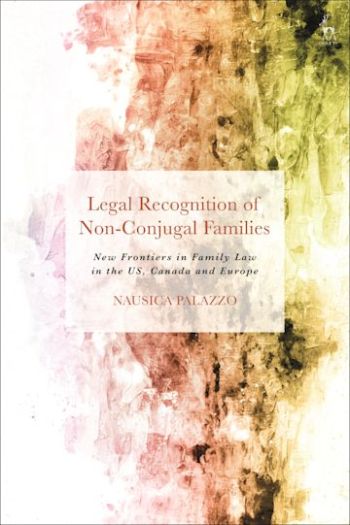
This book argues that insufficient recognition of new families is a legal problem that needs fixing in light of recent evolutions in family patterns and normative conceptions of 'family'. People increasingly invest in relationships falling outside the model of the marital family, such as non-conjugal unions of friends or relatives, polyamorous relationships and various religious-based families. Despite this, Western jurisdictions retain the marital family as the relevant basis for allocating family law benefits, rights and obligations.
Part I of the book illustrates recent evolutions in family patterns and norms, and explores how law can accommodate multiple family grids without legal recognition involving normalisation. Part II focuses on courtroom litigation on the basis that courts nowadays are central avenues of social change. It takes non-conjugal families as a case study and provides an analysis of the most compelling argumentative strategies that non-conjugal families can mobilise to pursue legal recognition in Canada and the United States, and within the systems of the European Convention of Human Rights and the European Union.
Through its comparative, interdisciplinary and critical legal method, the book provides scholars, activists and policymakers with conceptual tools to tackle the current invisibility of new families. Further, by advancing legal arguments to enhance the protection of non-conjugal families in courtrooms, the book illuminates the different approaches jurisdictions are likely to take and the hindrances thereof to overcome and debunk stereotypes associated with proper familyhood.